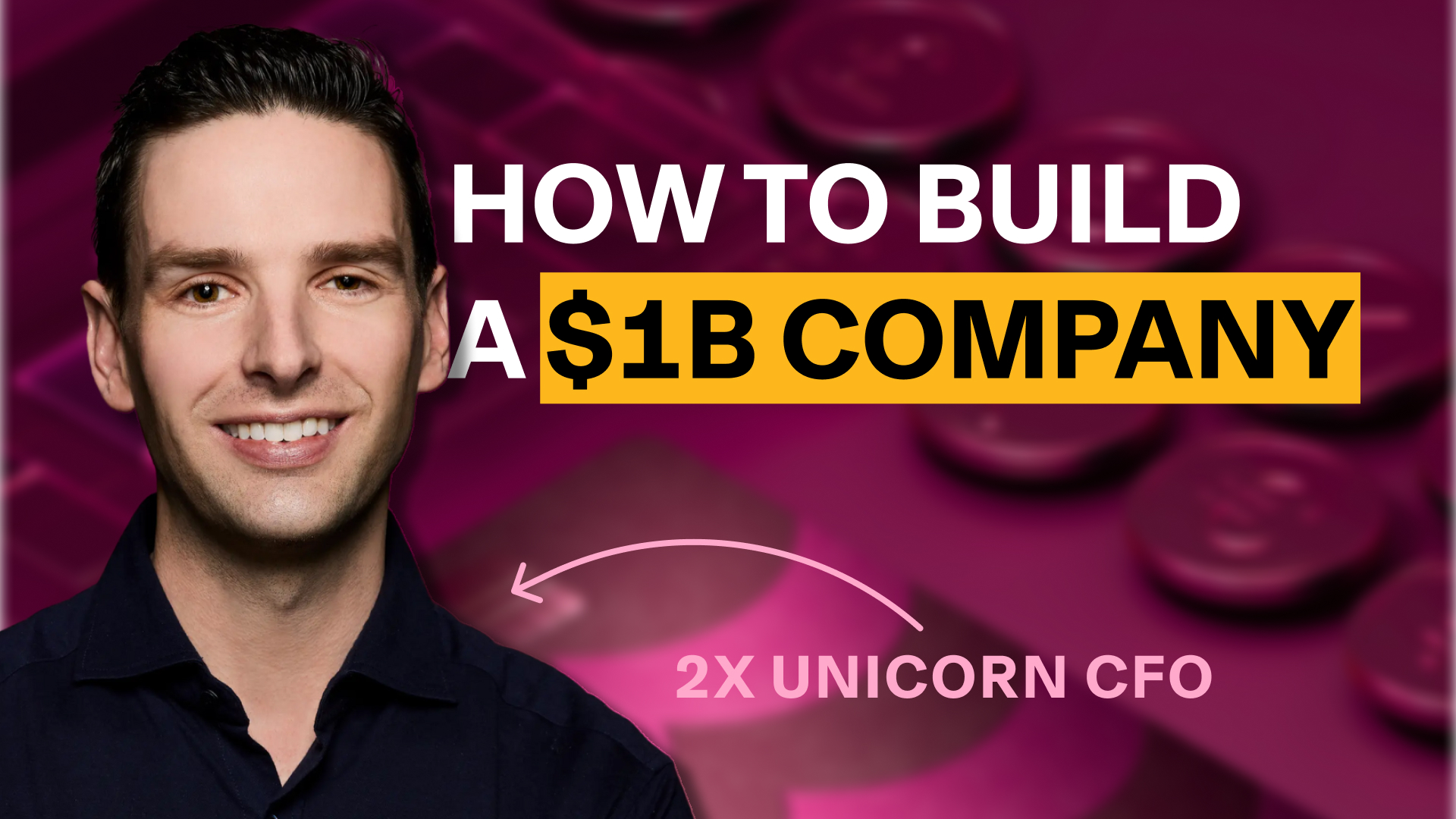Exceptional preparation for fundraising success means...
Cultivating relationships with target investors well in advance
Building a clear financial plan with a growth story, backed up by execution
Materials that showcase your metrics as a category leader
Creating a comprehensive data room 1-2 months before the raise
Identifying potential weak spots and preparing for them
Choosing the right investors
Early stage focus: Board quality
For early-stage companies, Zoe emphasizes choosing people who are true partners — not just deep pockets — as you’re committing to a relationship that often lasts 10+ years.
Look for board members who:
Match your communication style
Can help you navigate tough times constructively
Bring relevant operational experience
Have worked with similar companies
Late stage focus: Investor mandate
Adam says, "you want to construct a set of investors who have the mandate and ability to hold your stock for a very prolonged period of time and inject new capital as you continue to grow."
Consider these investor categories:
Sovereign wealth funds (GIC, Temasek, Mubadala)
Mutual funds (T. Rowe Price, Fidelity, Wellington)
Crossover hedge funds (Durable Capital, Green Oaks)
"You don't want investors who themselves need liquidity while you're still private," Adam cautions. "You don't want to be competing in the market against existing investors to sell stock."
Strategic capital allocation
A common misstep is spreading investments too thinly. Instead, make targeted investments into areas with the highest growth leverage.
For certain companies, this might mean investing more heavily into R&D (to increase TAM) and sales and marketing (to drive pipeline) while keeping G&A functions leaner — especially the functions less directly tied to growth.
For more of Adam’s advice on strategic capital allocation, download his playbook here.
The two financial metrics that matter most
When asked if they could only focus on two financial metrics to reach $100M in revenue (excluding the obvious metrics like growth rate), Adam highlighted win rate and retention rate.
Why win rate: "It's an indicator of product-market fit and also sales efficiency. It's hard to have a really inefficient sales funnel if you're winning most of your deals,” said Adam.
Why retention: Adam highlights the leaky bucket problem, where even a flat retention rate will become dramatically more difficult to overcome as your company scales.
Leaky bucket example:
$10mn ARR with 80% retention requires you to sell $2M to grow 0%.
$1bn ARR with 80% retention requires you to sell $200M to grow 0%.
That hole becomes too big, no matter how many new customers you're acquiring.
Zoe agrees, adding that for early-stage companies, she looks closely at "sales velocity" — how quickly pipeline prospects convert to customers and stick.
This is especially important as Zoe sees a higher volume of startups reaching $50k in MRR very quickly, but it’s more difficult for them to break through $1M ARR.
For more, watch the video above or subscribe to the Spendsetters newsletter below.
By clicking “Subscribe,” you agree to the use of your data in accordance with Rippling's Privacy Notice, including for marketing purposes.
More finance resources
See Rippling in action
See how Rippling can help you manage all of your employee data and operations in one place, no matter your business's size.






















































































































